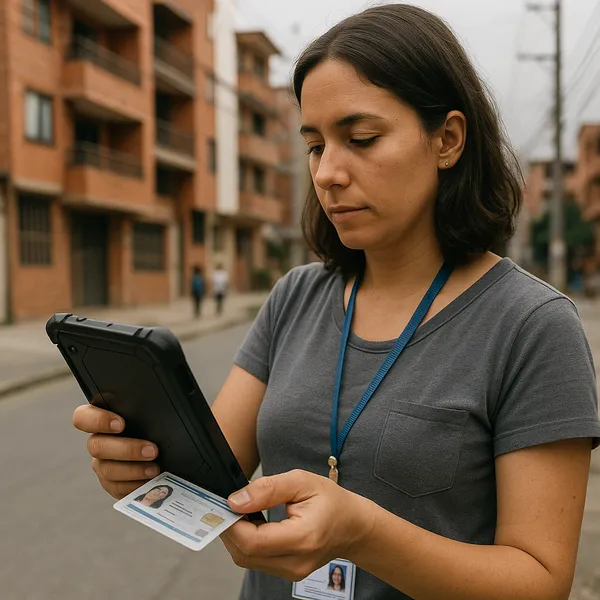Investment-Grade Due Diligence - Applying Private Sector Rigor to Aid Portfolios
Published on: Sun Jun 29 2025 by Ivar Strand
It is productive to view large-scale development and humanitarian funding not as a simple grant, but as a form of high-stakes social investment. Financing agencies, whether they are governments or philanthropic foundations, are allocating significant risk capital with the expectation of achieving a substantial social return.
Given the financial and reputational capital at stake, a question must be asked: is the due diligence applied to these social investments commensurate with the standards of rigor seen in the commercial investment world? In our experience, the answer is often no. The prevailing compliance-focused approach to assurance is insufficient for the scale of the investment being made.
The Limits of Compliance-Based Due diligence
The standard due diligence process in the development sector typically involves a review of an implementing partner’s formal policies, their most recent financial audit reports, and their programmatic proposals. While these are all necessary components, they are incomplete.
This approach is analogous to a private equity firm making a major investment in a company based solely on a review of its audited annual reports. No prudent commercial investor would do this. They would insist on a deep, forward-looking due diligence process that scrutinizes the target company’s operational model, the quality of its management team, and the robustness of its technology platforms.
A traditional, compliance-based review confirms historical financial conduct. It provides limited insight into the organization’s capacity to execute a complex, multi-year program in a challenging environment.
The Principles of Investment-Grade Due Diligence
To be effective stewards of capital, financing agencies should adopt an “investment-grade” standard of due diligence. This is a holistic and forward-looking assessment of an organization’s capacity to deliver on its promises. It is the foundation of what we term Strategic Assurance.
This approach moves beyond a narrow focus on financial compliance to encompass a broader evaluation of the entire operational and governance ecosystem. Its core components include:
-
A Substantive Assessment of the Operational Model. This involves a deep analysis of a program’s core processes, not just its policies. Are the de facto workflows for procurement, logistics, and beneficiary management efficient, scalable, and resilient? Have they been stress-tested against the realities of operating in a fragile environment?
-
A Rigorous Review of the Technological Architecture. This moves beyond simply confirming that a financial system exists. It requires a substantive verification of the system’s logic, its internal controls, the integrity of its integrations, and its security posture. The objective is to determine whether the technology is a well-governed asset or a hidden operational liability.
-
An Evaluation of Governance and Human Capacity. This goes beyond reviewing organizational charts. It is an assessment of the actual decision-making processes, the capabilities and depth of the key management team, and the plans for mitigating the risk of key-person dependency—a frequent point of failure in our sector.
-
A Forward-Looking Risk and Scenario Analysis. Rather than only reviewing a historical risk register, this involves actively stress-testing the program’s model against a set of plausible future shocks. As we have discussed previously, this “resilience audit” assesses the program’s ability to withstand the political, economic, or security-related disruptions that are characteristic of the environments in which we work.
The Donor’s Duty as a Prudent Investor
Adopting this higher standard of due diligence is not a matter of preference; it is a core element of a donor’s fiduciary duty. When deploying millions of dollars of public or philanthropic capital into some of the world’s most challenging contexts, a superficial, compliance-only review is an inadequate response to the risks involved.
A clean financial audit tells a donor that their partner has been a good steward of funds in the past. An investment-grade due diligence process provides the strategic assurance that they have a high probability of being an effective and resilient steward in the future. It is the necessary and responsible evolution of oversight for the serious business of development.



